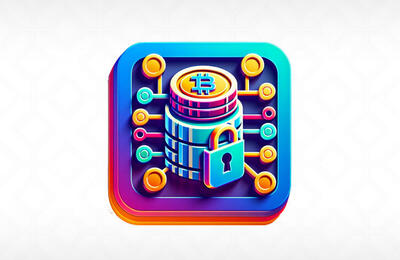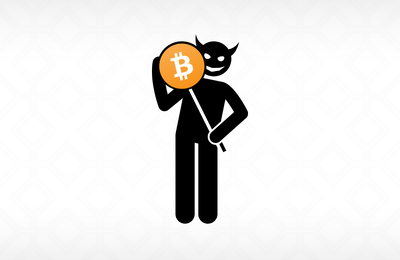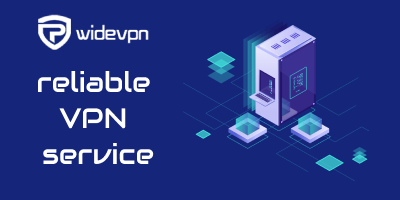
The question of how the Monero remote node works is highly important for cryptocurrency enthusiasts and individual developers who are looking for possibilities to secure their upcoming DApps or crypto platforms. To understand this process first of all we need to look closely at how Monero works in general.
How does Monero work?
Monero is a decentralized, privacy-focused cryptocurrency that uses advanced cryptographic techniques to ensure the anonymity and security of transactions. Here is a high-level overview of how Monero works:
- Ring Signatures: When a Monero user initiates a transaction, the transaction is signed with a ring signature. This means that the transaction is not signed by a single user but by a group of users, making it difficult to identify the actual signer.
- Stealth Addresses: Monero uses stealth addresses to obscure the receiving address of a transaction. When a user sends Monero to another user, the funds are sent to a one-time address that is generated by the recipient's wallet. This one-time address is not linked to the recipient's public address, making it difficult to trace the transaction back to the recipient.
- Confidential Transactions: Monero uses confidential transactions to obscure the amount of Monero being sent in a transaction. This is done by using a cryptographic technique called a Pedersen commitment, which allows the sender to prove that the transaction amount is valid without revealing the actual amount.
- RingCT: Monero recently introduced Ring Confidential Transactions (RingCT) which further enhances the privacy of transactions by hiding the amounts, origins, and destinations of transactions.
- Mining: Like other cryptocurrencies, Monero uses a proof-of-work (PoW) consensus algorithm to validate transactions and add them to the blockchain. Miners compete to solve a cryptographic puzzle to add the next block to the chain and receive a reward in Monero for their work.
- Block time: Monero's block time is 2 minutes which is faster than Bitcoin's 10 minutes.
Monero's privacy-enhancing features make it a popular choice for users who value anonymity and security in their cryptocurrency transactions.
How does Monero remote node work?

Monero (XMR) nodes are responsible for verifying transactions and maintaining the integrity of the Monero network.
A remote node is a Monero node that is hosted by a third-party and can be accessed over the internet. By using a remote node, users can connect to the Monero network without having to run a full node on their own computer, which can be resource-intensive and time-consuming.
To use a remote node, a Monero wallet must be configured to connect to the remote node instead of the local XMR node. When a user initiates a transaction, the wallet sends the transaction data to the remote node, which verifies the transaction and broadcasts it to the Monero network.
Remote nodes can be beneficial for users who have limited financial resources, as they do not need to maintain the entire blockchain on their local computer, the servers, and the DevOps engineers’ team. However, using a remote node also means that the user is trusting the third-party hosting the node with their transaction data and privacy. It is important to use a reputable remote node provider to ensure the security and privacy of your Monero transactions.
How to choose a reliable node provider?
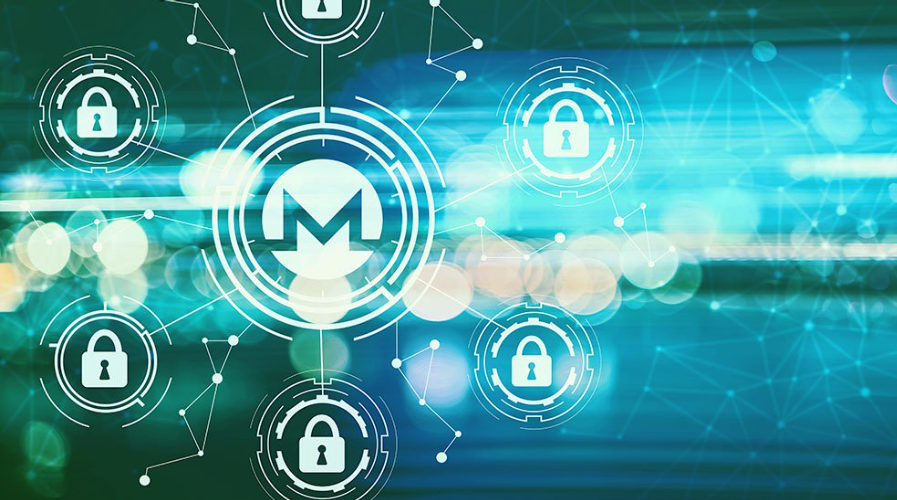
When choosing a remote node provider for Monero, there are several factors to consider to ensure that you are using a reliable and trustworthy service:
- Reputation: Look for a provider that has a good reputation in the Monero community. Check forums and social media groups for reviews and feedback from other users.
- Security: Ensure that the remote node provider uses secure protocols, such as HTTPS, and has taken appropriate measures to protect user data and privacy. Look for providers that have implemented additional security measures, such as two-factor authentication.
- Reliability: Choose a provider that offers high uptime and minimal downtime. Check if the provider has multiple servers in different locations to ensure redundancy.
- Speed: Consider the speed of the provider's servers, as this can impact the time it takes for transactions to be processed.
- Fees: Some remote node providers may charge a fee for their service. Consider the fees charged by different providers and compare them to the level of service they offer.
- Ease of use: Choose a provider that is easy to set up and use with your Monero wallet.
- Transparency: Look for providers that are transparent about their operations and have clear policies regarding data retention and privacy.
By considering these factors, you can choose a reliable and trustworthy remote node provider for Monero that meets your needs and provides a secure and seamless user experience.
Does it make sense to run your Monero node?
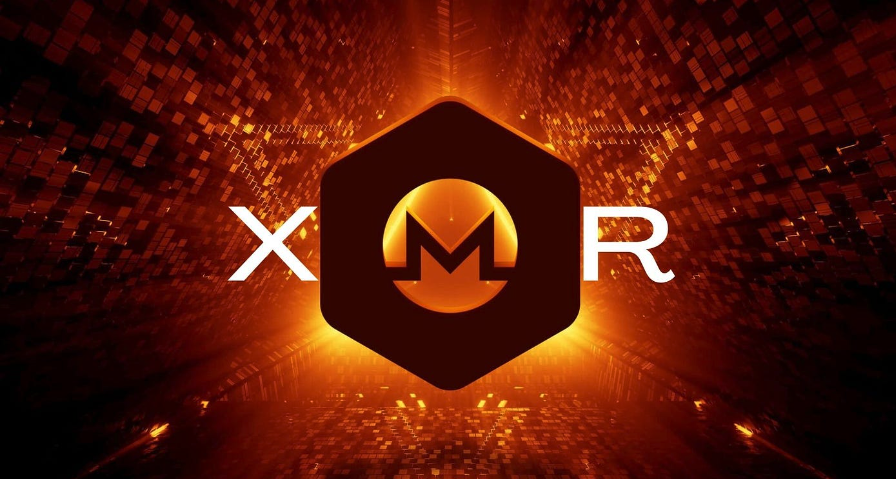
https://nownodes.io/blog/how-to-run-monero-node/" style="background-color: rgb(255, 255, 255); font-family: «fira sans», -apple-system, BlinkMacSystemFont, «segoe ui», Roboto, «helvetica neue», Arial, sans-serif, «apple color emoji», «segoe ui emoji», «segoe ui symbol»; font-size: 1rem;">Running a Monero XMR node
has several benefits and drawbacks, depending on your needs and resources. Here are some factors to consider when deciding whether to run your own XMR node:Benefits:
- Privacy: Running your own node allows you to validate your own transactions without relying on a third-party provider. This can enhance the privacy and security of your transactions.
- Control: Running your own node gives you greater control over the Monero network and the ability to customize your node's settings to suit your needs.
- Supporting the network: By running your own node, you are contributing to the strength and decentralization of the Monero network.
Drawbacks:
- Technical expertise: Running your own node requires technical expertise and a certain level of familiarity with command-line interfaces and system administration.
- Resource-intensive: Running a full Monero node requires a significant amount of disk space, bandwidth, and computational power, which may not be feasible for users with limited resources or slow internet connections.
- Maintenance: Running your own node requires ongoing maintenance and updates to ensure that it is running smoothly and securely.
If you have the necessary skills and resources, running your own node can be a rewarding and valuable experience. However, if you lack the technical expertise or resources, using a remote node provider may be a more practical option.
The list of the services you could pay for with Monero is here.


